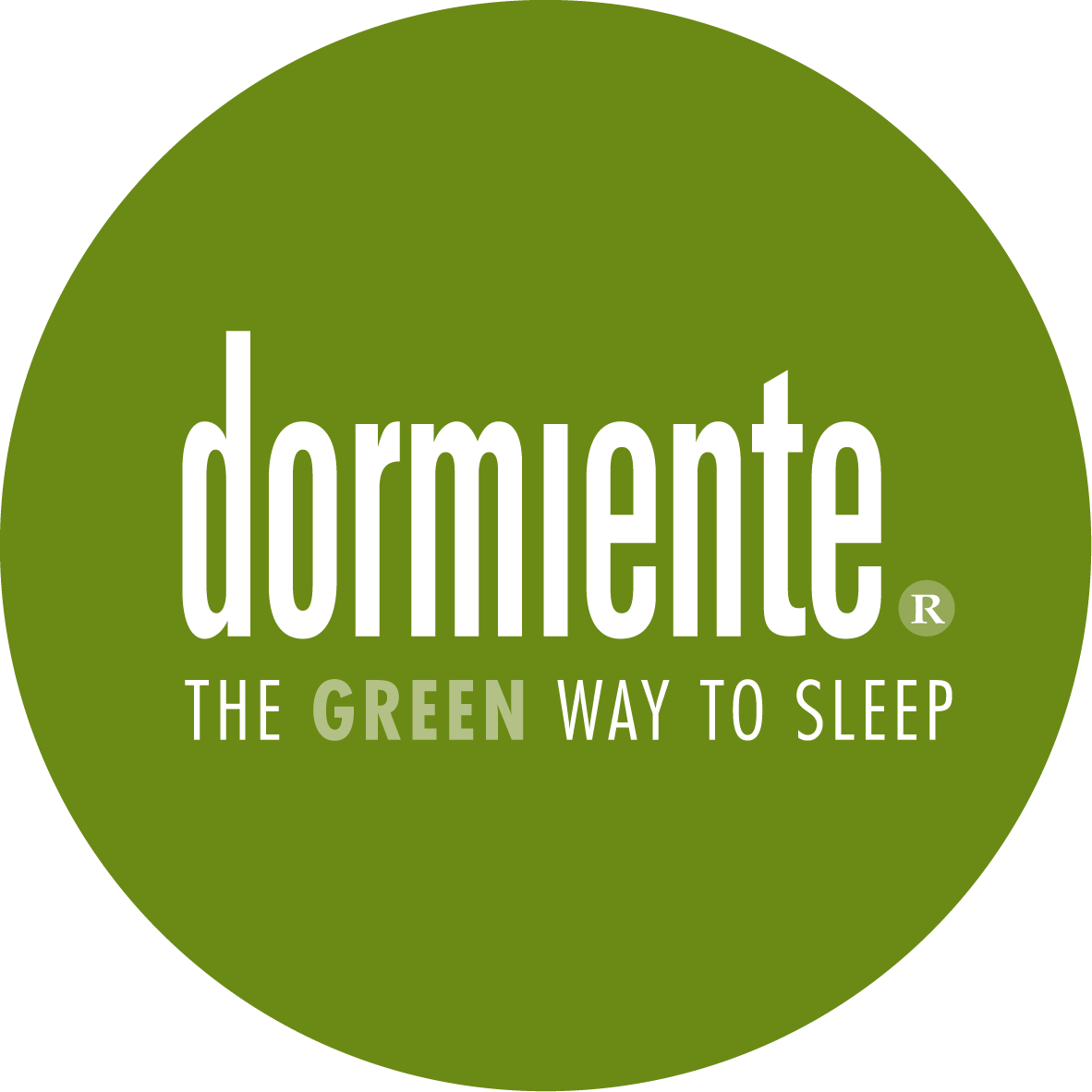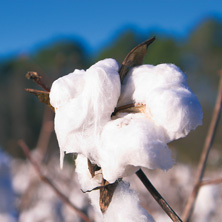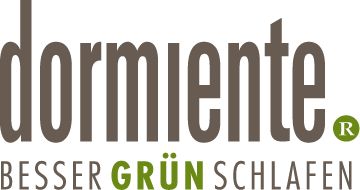Natural mattresses made of cotton (organic)
Cotton
is the seed hair of the Gossypium shrub, which is now found all over the world. However, it grows primarily in tropical and subtropical areas between the 35th parallel south and the 45th parallel north, in the so-called “cotton belt”.
Cotton is one of the ancient crops. In the Indus Valley, as early as 3,000 BC. Cotton cultivated. Alexander the Great introduced cotton culture to Greece. However, cotton found its mass distribution only after the invention of ginning and weaving machines in the 18th century.
Uses: Cotton is used in textiles both pure and in blends.
kbA-Cotton
KbA cotton comes from a consistently controlled organic cultivation. Under no circumstances are artificial fertilizers, pesticides, and defoliants to be used in cultivation. No environmentally harmful auxiliary materials and processes are used in further processing and production either.
In the cultivation of cotton, crop rotation is used at certain intervals so that the soil is not depleted and the natural cycle and biological balance are maintained. The total harvest of KbA cotton in 2001 was 6000 tons, which is 0.03% of the world production, with currently increasing figures.
Cultivation and ecology
Today, cotton is grown as a renewable raw material on all continents. Unfortunately, cotton is the agricultural product that is most intensively treated with pesticides, fertilizers, growing media and defoliants.
Cotton accounts for about 11% of the pesticides used worldwide, although only about 4% of the global farmland is used to grow cotton.
The world’s most important cotton producers are China, USA, India and Pakistan. In Europe, the largest cotton producer is Greece.
Qualities
- Cotton fibers are even more tear resistant wet than dry, that’s why they are washable and ironable
- Due to the softness and fineness of the fibers, cotton is also suitable for sensitive skin
- Still feels dry when it has already absorbed 20% moisture
- very absorbent, can absorb up to 65% of its weight in water
- good dyeing properties
Source: www.wikipedia.org Literature: Palmengarten Special Edition Brochure 18, Fibre Plants



